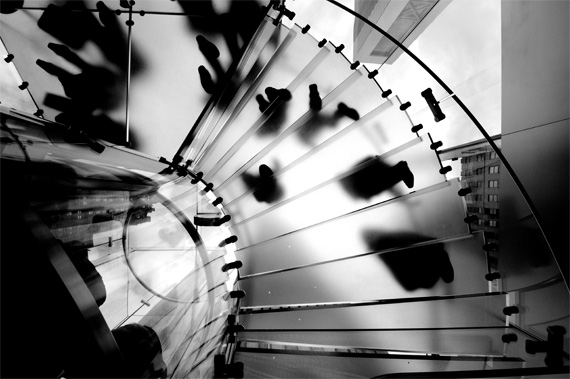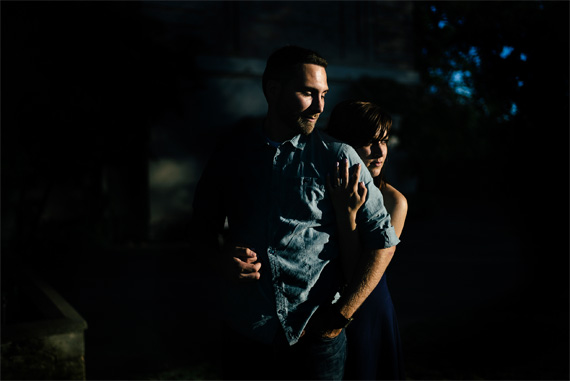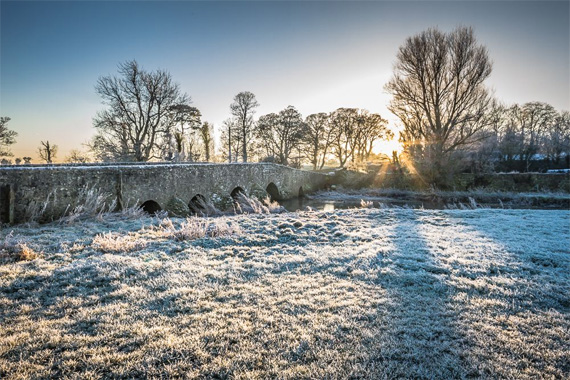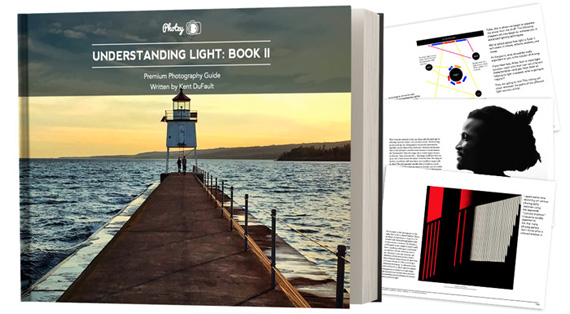Related reminder: only 1 day left for Understanding Light Book Two at 62% Off
Photographers tend to pay a lot of attention to light. In fact, we often think of light as one of the most important aspects of photography. On the other hand, shadows may seem to be less important – simply a lack of light. This would be a major mistake — for light is nothing without shadows.

“Apple Store in 5th ave” captured by PictureSocial member Jet Rabe
Shadows are not simply a dark mass that borders the light. Rather, shadows are an entity as alive as the light. It is the shadows that shape the light, draw attention to the light, and integrate with the light to produce striking photographic opportunities. If we are to reach our full potential as photographers, we must think as much in terms of mastering the shadows as we do of mastering the light. This article details five uses of shadows in creating dynamic photos.
- Contrast and Drama
- Focus
- Directing the Attention
- Revealing Form
- Revealing Texture
Contrast and Drama
One of the most powerful uses of shadows is for the creation of contrast to produce a dramatic effect. People’s attention is automatically drawn to areas of high tonal contrast. However, tonal contrast can not occur without shadows. Thus, it is the interplay of light and shadows that creates the attention grabbing contrast. An example of this use of shadows would be a dramatic sunset where the sun punches through gaps in the clouds creating areas of light which are surrounded by dark areas where the cloud cover is heavy.

“Jon + Emily” captured by PictureSocial member Gagan Dhiman
Focus
Shadows can be effectively used to focus a viewer’s attention. The shadows help focus the viewer’s attention by removing detail from the less important parts of the image. An example of this would be a dramatic portrait that uses light to illuminate the eyes of the subject but allows the rest of the face to fall into deep shadow. The shadow would help to hide the detail of the face. Thus, the viewer’s attention would be drawn to the eyes of the subject.
Directing the Attention
Shadows can be used to direct the viewer’s attention. This is because shadows often have a shape. When a shaped shadow points to the center of interest in a photo, the shadow will direct the viewer’s attention to the center of interest. Conversely, the shadows can surround an area of light that points to the center of interest. In either case, the photo is strengthened as the center of interest is reinforced by the use of shadow.
Revealing Form
One of the most common uses of shadows is for revealing form. This often involves the sun, at a low angle to the horizon, casting long shadows across the terrain. Any irregularities in the shape of the subject or terrain will be magnified. An example of this use of shadow would be a low sun casting long shadows across sand dunes just before sunset.
Revealing Texture
Similar to revealing form, shadows can be used to reveal texture. Again, this often involves the sun, at a low angle to the horizon, casting shadows across the subject or terrain. The main difference is that the photographer moves in close to emphasize the texture of an object rather that the form. An example of using shadows to reveal texture would be using setting sun to emphasize the ripples in the sand of a beach.

“Frosty Sunrise” captured by PictureSocial member Ian
Summary
Photographers are often urged to learn to read the light. However, reading the light is only half the challenge — one must also learn to read the shadows.
About the Author
Ron Bigelow (www.ronbigelow.com) has created an extensive resource of free articles to help you develop your photography skills.
For Further Training on Shadows, Deal Ending Soon:
This Advanced Lighting Guide is designed to give you the ability to recognize, control, and manipulate LIGHT, taught through 155 pages of fast easy learning packed with illustrations, case-studies and assignments to verify your knowledge. And we were able to negotiate a 62% discount for our readers until the end of the month June 30.
It concentrates on how a photographer uses light as a tool for creation. When you can truly recognize and control light you will have mastered the fundamental building block of photography— whether it is in-camera or in post-production editing.
Deal found here: Understanding Light Book Two at 62% Off
Go to full article: Tips for Using Shadows in Photography
What are your thoughts on this article? Join the discussion on Facebook
PictureCorrect subscribers can also learn more today with our #1 bestseller: The Photography Tutorial eBook
The post Tips for Using Shadows in Photography appeared first on PictureCorrect.
